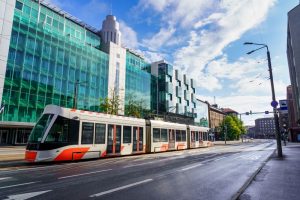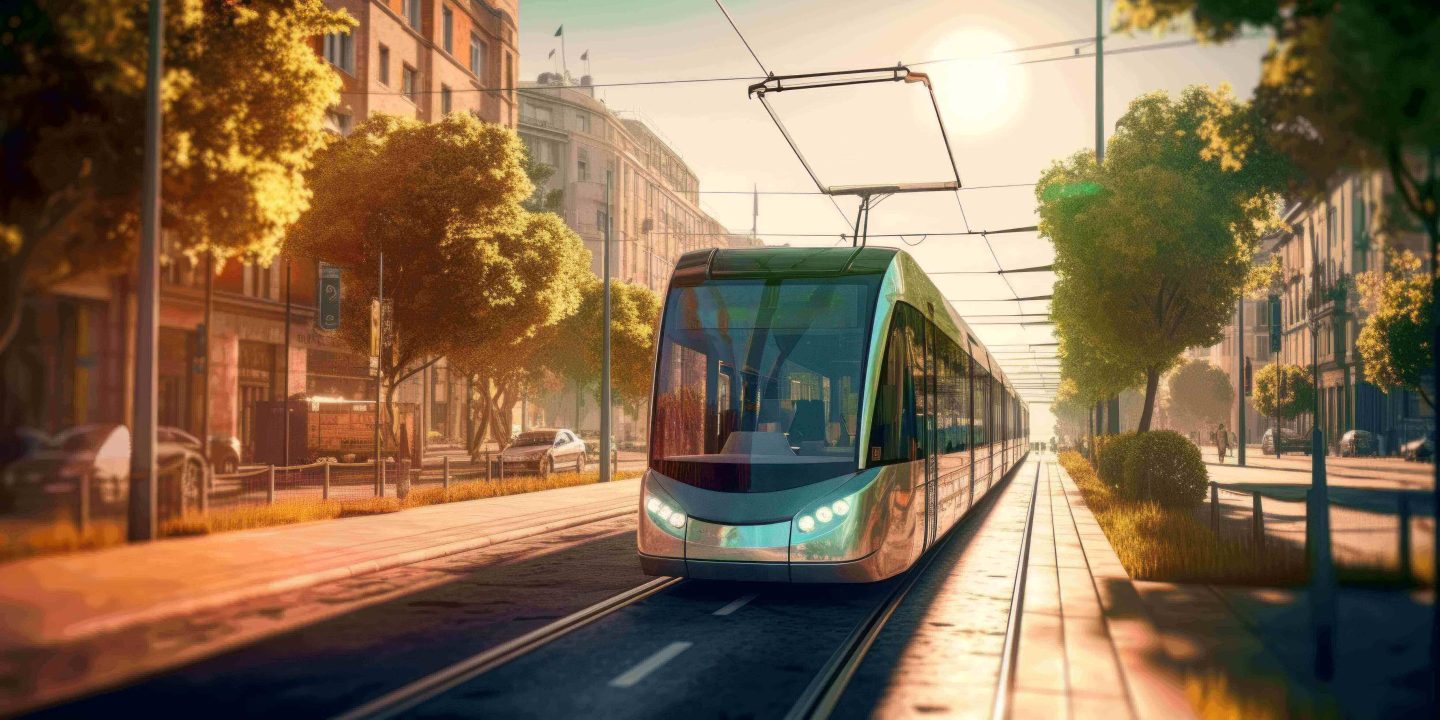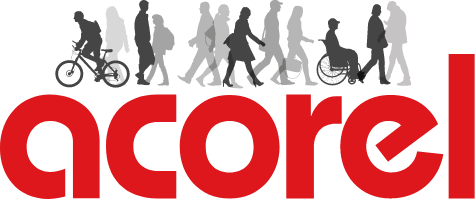Public transport and railways are essential elements of our modern lives, contributing to citizen mobility and the reduction of road congestion as well as greenhouse gas emissions. These transportation systems have evolved over time, and one of the recurring debates concerns the free access to public transportation and passenger counting methods.
Free public transportation: an idea on the rise
Free public transportation has become an increasingly popular idea in many cities and regions around the world. The goal is often to reduce dependence on individual cars, promote more sustainable mobility, and make transportation accessible to everyone, regardless of their economic status. Many cities, including Tallinn in Estonia and Montpellier in France, have already implemented free public transportation systems.

The benefits of free public transportation are numerous. It can reduce road congestion, improve air quality, stimulate the local economy, and lower the costs of owning a car. However, its financing remains a major challenge because free transportation systems require significant public funding.

Passenger counting: an evolving technology
Passenger counting in public transportation and railways has evolved over time through the adoption of modern technologies. Previously, it was mainly based on manual systems such as ticket inspectors and turnstiles. However, these methods were prone to human errors and did not always provide accurate data.
Today, technological advances allow for more precise and real-time counting. Electronic ticketing systems, surveillance cameras, and 3D video sensors for high-precision automatic counting are used to collect passenger data. This information is essential for operational management, schedule planning, route optimization, and pricing, especially when communities choose to implement free transportation.
